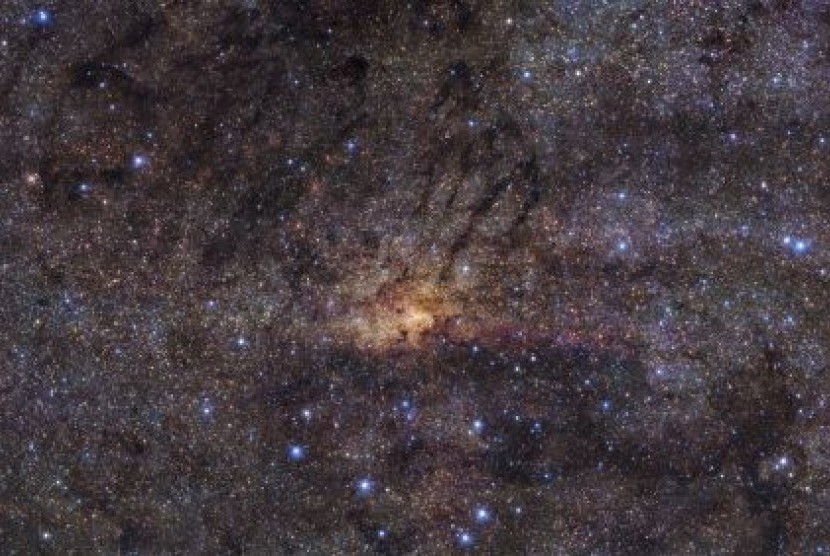The COSI telescope will launch in 2025.
REPUBLIKA.CO.ID, JAKARTA – The United States Aeronautics and Space Administration (NASA) is developing a space telescope that can observe the evolution of the Milky Way galaxy. The telescope will be launched in 2025.
The telescope called the Compton Spectrometer and Imager (COSI) is gamma ray telescope who will observe the formation of chemical elements in the Milky Way. In addition, scientists can study the birth and death of stars.
To find this chemical element, COSI will look at gamma rays coming from the explosion of a massive star. This will help create a map of the chemical elements released from the explosion and where stars form throughout the Milky Way.
“For more than 60 years, NASA has provided opportunities for inventive missions,” said the Associate Administrator for the Science Mission Directorate NASA Thomas Zurbuchen in a statement.
Zurbuchen said COSI will answer questions about the origin of chemical elements in the Milky Way galaxy, materials that were critical to the formation of Earth. Not only exploring the mysteries of Earth’s formation, the telescope will also explore the origin of the positron, a subatomic particle that has a positive charge and mass comparable to electrons.
Most of the positrons found in space are known as anti-electrons. Over the past few decades, the technology behind COSI telescope has been developed. The COSI initiative stems from one of 18 proposals submitted to NASA’s Astrophysics Explorer Program in 2019. Now, the telescope has been selected for further development. The mission is estimated to cost US$145 million, not including launch.
Reported CNN, Wednesday (20/10), the COSI project is not the first NASA project to bear the name “Compton.” The Compton Gamma Ray Observatory, launched in 1991, is one of four large observatories designed to explore the sky through different wavelengths of light.
Other major observatories still in operation include the Hubble Space Telescope and the Chandra X-Ray Observatory. Compton was decommissioned in 2000, when one of its gyroscopes failed. Meanwhile, the Spitzer Space Telescope is retiring in 2020.
The past decade has been a busy time for a variety of mission launches. The James Webb Space Telescope is scheduled for launch in December followed by the Nancy Grace Roman Telescope in the mid-2020s and the Compton in 2025.
– .


